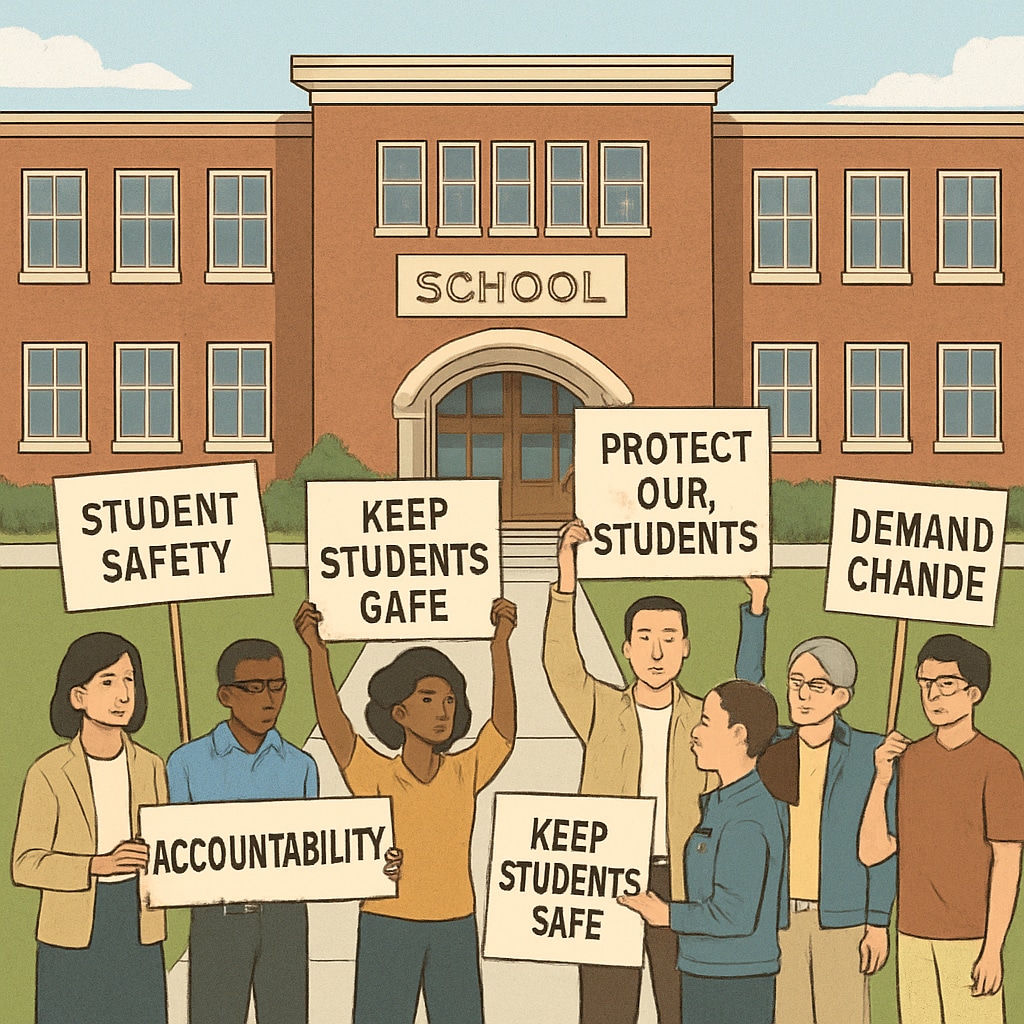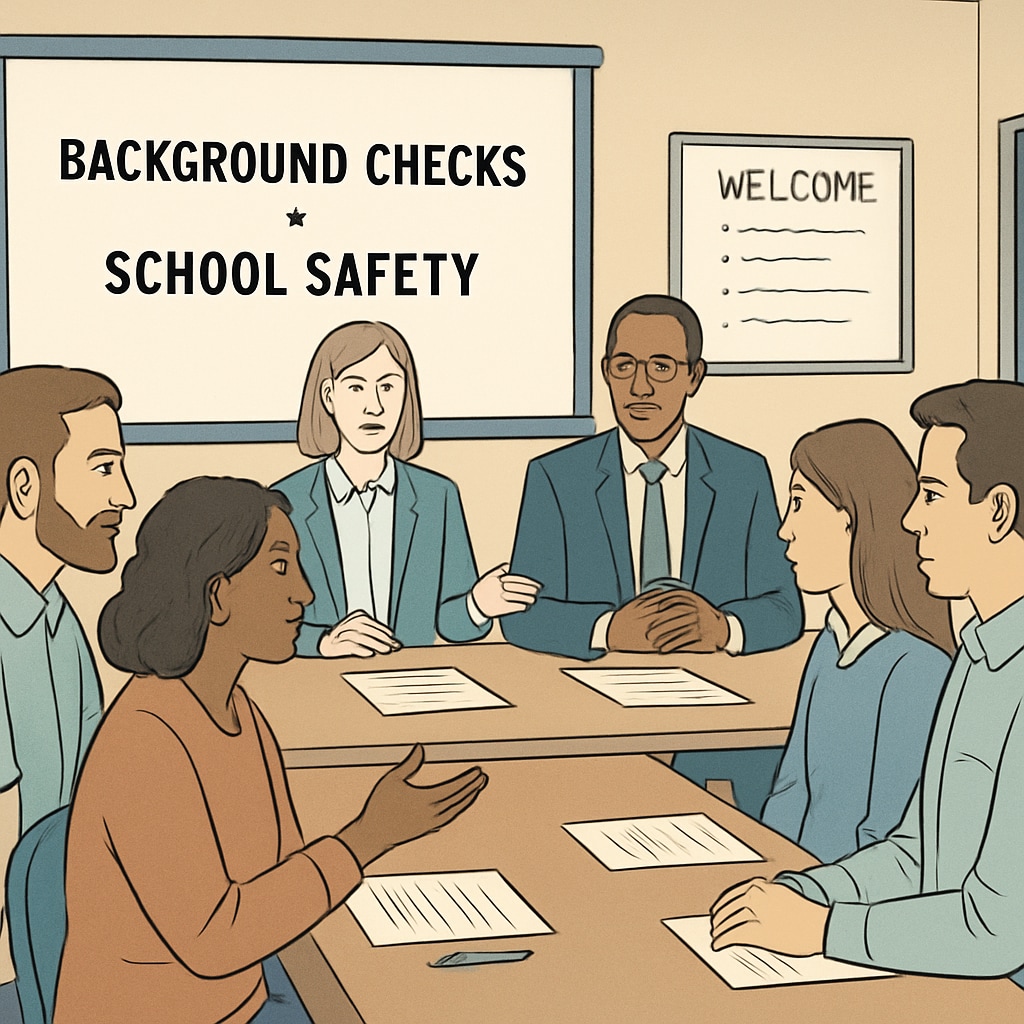Recent protests in a small Maine town have brought national attention to issues surrounding school governance. The controversy arose when a school board member with a history of violent crime was appointed, prompting community members to question the adequacy of background checks and ethical standards. This conflict underscores the critical intersection of school board qualifications, child protection, and community action.
The incident has reignited debates on how schools should balance inclusivity with the need to ensure the safety of students. While the law may allow individuals with a criminal past to serve, the community’s concerns about the safety and well-being of students cannot be ignored. This article explores the broader implications of this issue and potential reforms to bridge the gap between legal rights and public trust.
Why School Board Qualifications Matter
The qualifications of school board members play an essential role in shaping educational policies and maintaining a safe environment for students. School board members are entrusted with critical decisions that impact not only the quality of education but also student safety and community trust. When questions arise about a board member’s past, it can erode public confidence in the institution.
In the Maine town at the heart of this controversy, parents and community members expressed concerns that appointing someone with a violent criminal history sends the wrong message about accountability and moral standards. Their protests highlight a broader issue: the lack of uniform guidelines for evaluating the personal histories of individuals who hold positions of authority in educational institutions.

Community Action and Its Role in School Safety
Community involvement is a cornerstone of effective school governance. When parents and residents voice their concerns, they hold school boards accountable and ensure that decisions align with the values and safety priorities of the community. In this case, protests reflect legitimate fears about the potential risks to students and the message such appointments convey to young people.
However, it is also important to consider the broader legal and ethical framework. Many argue that individuals who have served their sentences and demonstrated rehabilitation deserve a chance to reintegrate into society. Balancing these considerations requires a nuanced approach that respects both the rights of individuals and the collective responsibility to protect students.
Reforming Background Check Policies
One potential solution lies in reforming background check policies for school board members. While state laws vary widely, many lack specific guidelines on disqualifying offenses or how much weight should be given to past convictions. Standardized criteria could help ensure that all candidates are evaluated fairly while prioritizing student safety.
Reforms could include:
- Establishing a list of disqualifying offenses directly related to child safety, such as violent crimes or offenses involving minors.
- Creating a transparent appeals process for individuals with criminal records to demonstrate rehabilitation and fitness for the role.
- Involving independent review panels to assess candidates’ backgrounds objectively.
By implementing these changes, schools could reduce ambiguity and foster greater trust among community members.

Balancing Legal Rights and Public Trust
This debate also raises questions about how society views rehabilitation and second chances. While protecting students is paramount, it is equally important to avoid perpetuating stigma against individuals who have paid their debt to society. Striking this balance requires clear communication, consistent policies, and community engagement.
In addition, schools and communities must work together to create a culture of accountability and transparency. Open dialogues between school boards and residents can help address concerns early and ensure that decisions reflect shared values.
For example, initiatives like regular town hall meetings or public forums can provide opportunities for parents to voice their opinions and for school officials to explain their decision-making processes. This collaborative approach not only promotes trust but also leads to more informed and equitable policies.
Conclusion
The protests in Maine serve as a reminder of the delicate balance between ensuring student safety and upholding principles of fairness and rehabilitation. As more communities face similar challenges, it is essential to develop policies that prioritize the well-being of students while respecting the complexities of human redemption. By fostering open communication and implementing clear guidelines, schools can create a safer and more inclusive environment for all.
Ultimately, the goal is to ensure that school governance reflects the highest standards of accountability while building a foundation of trust between educational institutions and the communities they serve. Only by addressing these issues head-on can we create a system that truly prioritizes the safety and future of our children.


